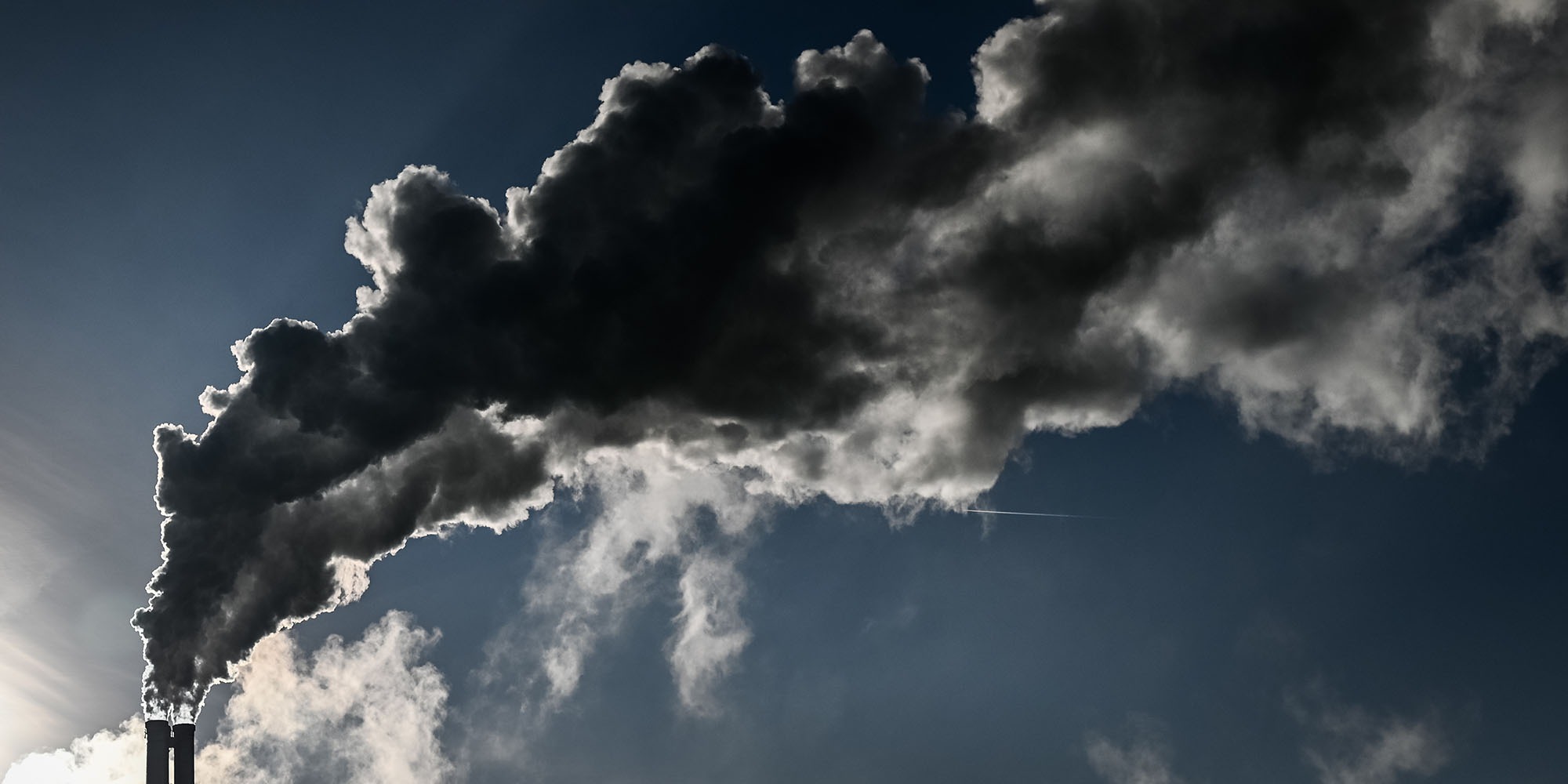Europe 1 with AFP 3:46 p.m., April 4, 2022
Almost all of the world's population (99%) breathes polluted and unhealthy air according to the World Health Organization (WHO), which calls for reducing the use of fossil fuels.
These findings are the result of a combination of satellite images from around the world and data collected from thousands of cities.
Almost all of the world's population (99%) breathes polluted and unhealthy air according to the World Health Organization (WHO), which calls for reducing the use of fossil fuels.
These conclusions are the result of a combination of satellite images from around the world and data collected by thousands of cities, explained to the media Dr Sophie Gumy, from the Department of Environment, Climate Change and Health of the WHO.
6,000 urban areas in 117 countries monitor air quality
In a report, the WHO says a record number of more than 6,000 urban areas in 117 countries are now monitoring air quality.
This represents "about 80% of the world's urban population to date", indicated Sophie Gumy.
However, these inhabitants still breathe in dangerous levels of fine particles and nitrogen dioxide, with populations living in low- and middle-income countries being the most exposed.
“After surviving a pandemic, it is unacceptable to continue to record seven million preventable deaths and countless avoidable lost healthy years due to air pollution,” laments Dr. Maria Neira, Director of the Department WHO environment, climate change and health.
“Too much investment is still going into a polluted environment rather than clean, healthy air,” she observes.
Most of the measurements mentioned in the report were carried out between 2010 and 2019, i.e. before the Covid-19 pandemic which had an impact on transport and many polluting economic and industrial sectors.
For the WHO, the findings of the report highlight the importance of reducing the use of fossil fuels and adopting other concrete measures to bring down levels of air pollution.
Particles and nitrogen dioxide
"Current energy concerns underscore the importance of accelerating the transition to cleaner and healthier energy systems," WHO Director-General Dr Tedros Adhanom Ghebreyesus said in a statement.
"High fossil fuel prices, energy security and the urgency of addressing the twin health challenges of air pollution and climate change underscore the urgent need for faster progress towards a world far less dependent on fossil fuels. “, he indicates.
Updated data from the WHO Air Quality Database introduce for the first time ground-based measurements of annual average concentrations of nitrogen dioxide (NO2), a common urban pollutant and precursor to particulate matter and ozone.
About 4,000 locations in 74 countries collect ground-based nitrogen dioxide data.
Only about a quarter of the inhabitants of these places breathe annual average concentrations of nitrogen dioxide in line with WHO guidelines.
>> READ ALSO -
Sixth IPCC report: what solutions to combat global warming?
Nitrogen dioxide is associated with respiratory diseases, particularly asthma, and leads to respiratory symptoms (such as coughing, wheezing, or difficulty breathing), hospitalizations, and emergency room visits.
The update also includes measurements of particles with a diameter equal to or less than 10 microns (PM10) or 2.5 microns (PM2.5).
These two groups of pollutants come mainly from human activities related to the combustion of fossil fuels.
In the 117 countries that monitor air quality, WHO finds that the air quality of 17% of cities in high-income countries is below WHO air quality guidelines. air for PM2.5 or PM10.
In low- and middle-income countries, air quality in less than 1% of cities meets WHO recommended thresholds.
Particulate matter is able to penetrate deep into the lungs and into the bloodstream, causing cardiovascular, cerebrovascular and respiratory disorders in particular.

